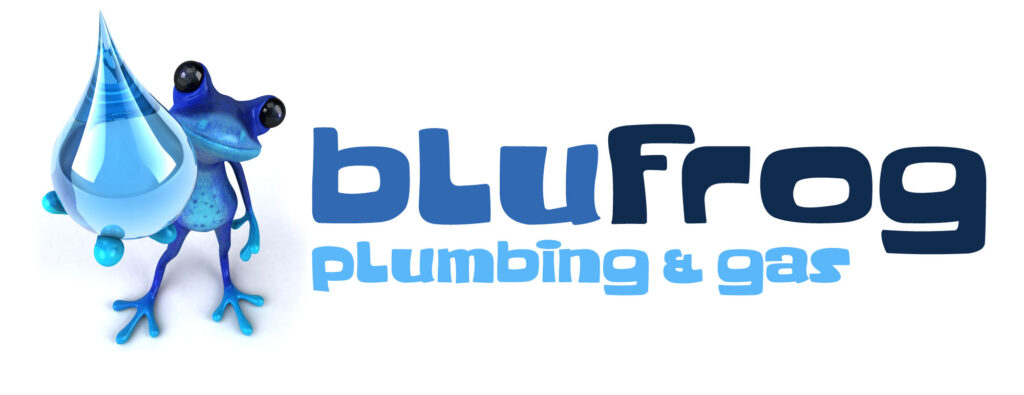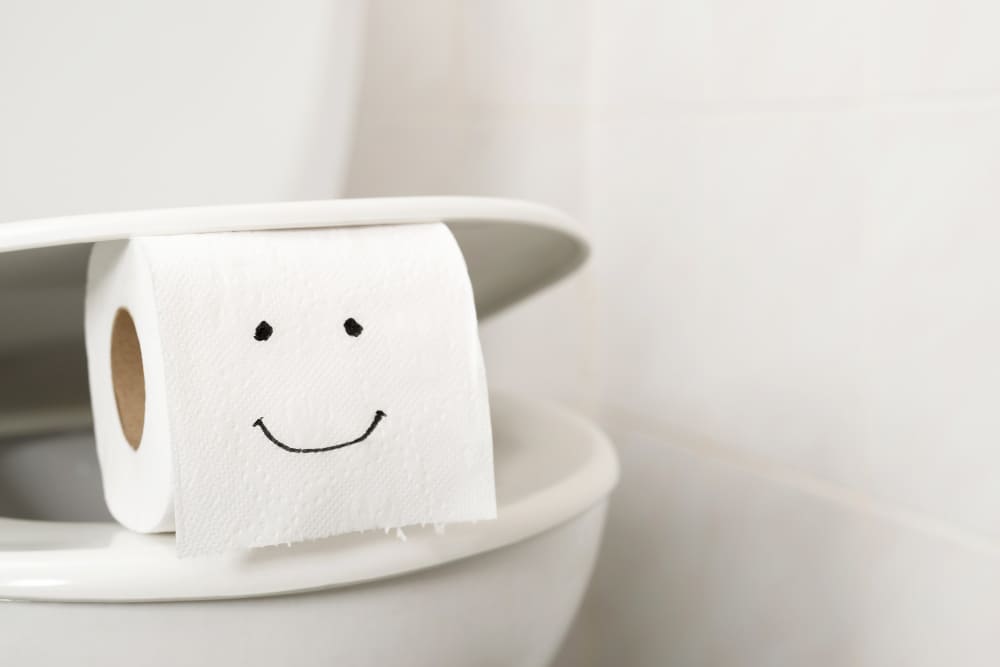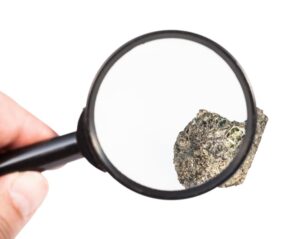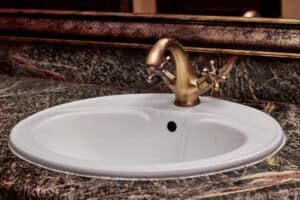In much of the Western world, it’s a given that after doing our business, we’ll reach for that roll of toilet paper. But did you know that toilet paper is a relatively modern invention, and even today, it’s not universally used? Let’s embark on a global journey to explore some of the surprising and downright bizarre things people use instead of toilet paper.
1. Bidets and ‘Bum Guns’: The Power of Water
Many countries prefer water over paper for post-potty cleanliness. Bidets are common in Europe, especially in Italy and France, providing a spray of water to clean up. In parts of the Middle East and Asia, you’ll find a handheld sprayer known as a ‘bum gun’ beside the toilet.
2. Left Hand and Water: The Traditional Method
In several cultures, particularly in parts of the Middle East, Africa, and Asia, the traditional method involves using the left hand and water. It’s customary and considered more hygienic than paper. This is why it’s also a cultural norm to eat, shake hands, and pass items with the right hand.
3. Stones and Pebbles: The Ancient Romans’ Way
The Ancient Romans used a tersorium, a sponge on a stick soaked in vinegar, shared among people in public toilets. When not available, they resorted to using stones or pebbles, a practice not completely extinct in some remote places.
4. Corn Cobs and Husks: The Agricultural Byproduct
In rural parts of the US, before the advent of commercial toilet paper, it wasn’t unusual for people to use corn cobs or husks. This practice is still found in some parts of the world where agriculture dominates.
5. Coconut Shells: Nature’s Scrubbers
In some Pacific island communities, pieces of coconut shells are used as a more sustainable alternative to toilet paper.
6. Snowballs: The Chilly Option
In the coldest parts of the world, like Antarctica and northern parts of North America and Siberia, people have been known to use snow for its cooling and cleaning properties.
7. Newspaper and Catalog Pages: The Reader’s Choice
In times of scarcity or emergency, many people have resorted to using newspaper or pages from catalogs. During World War II, the British government even cut down on toilet paper rations, leaving citizens to resort to spare newspaper.
8. Banana Leaves: The Tropical Option
In some tropical regions, large, soft banana leaves serve the purpose. They are free, plentiful, and more environmentally friendly than conventional toilet paper.
Conclusion
These toilet paper tales highlight the wide range of materials that people around the world use to clean up after using the restroom. Whether born out of necessity, tradition, or sustainability, these alternatives remind us that practices we often take for granted are far from universal. So, next time you reach for that roll of toilet paper, take a moment to appreciate its relatively recent place in human history!








